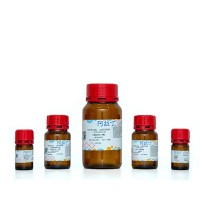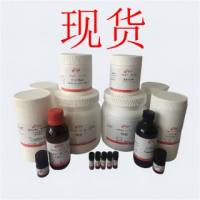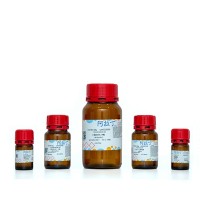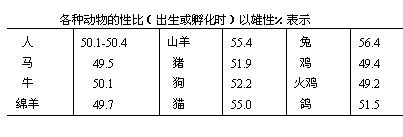A TiO2 Nanoparticle System for Sacrificial Solar H2 Production Prepared by Rational Combination of a Hydrogenase with a Ruthenium Photosensitizer
互联网
463
A hybrid system comprising a hydrogenase and a photosensitizer co-attached to a nanoparticle serves as a rational model for fast dihydrogen (H2 ) production using visible light. This chapter describes a stepwise procedure for preparing TiO2 nanoparticles functionalized with a hydrogenase from Desulfomicrobium baculatum (Db [NiFeSe]-H) and a tris(bipyridyl)ruthenium photosensitizer (RuP). Upon irradiation with visible light, these particles produce H2 from neutral water at room temperature in the presence of a sacrificial electron donor – a test-system for the cathodic half reaction of water splitting. In particular, we describe how a hydrogenase and a photosensitizer with desired properties, including strong adsorption on TiO2 , can be selected by electrochemical methods. The catalyst Db [NiFeSe]-H is selected for its high H2 production activity even when H2 and traces of O2 are present. Adsorption of Db [NiFeSe]-H and RuP on TiO2 electrodes results in high electrochemical and photocatalytic activities that translate into nanoparticles exhibiting efficient light harvesting, charge separation, and sacrificial H2 generation.










